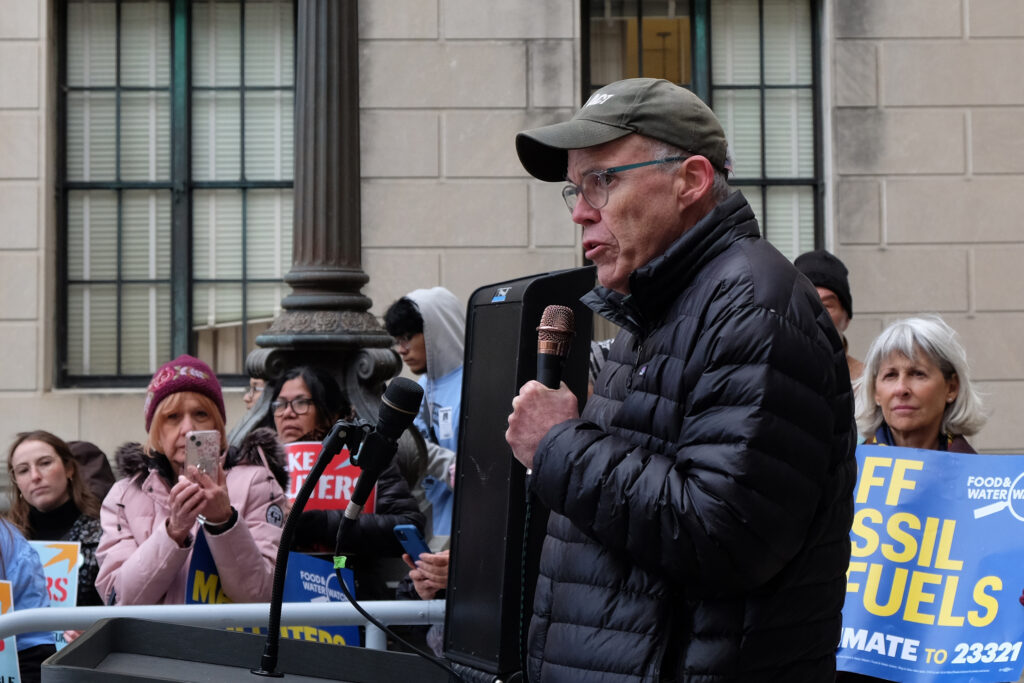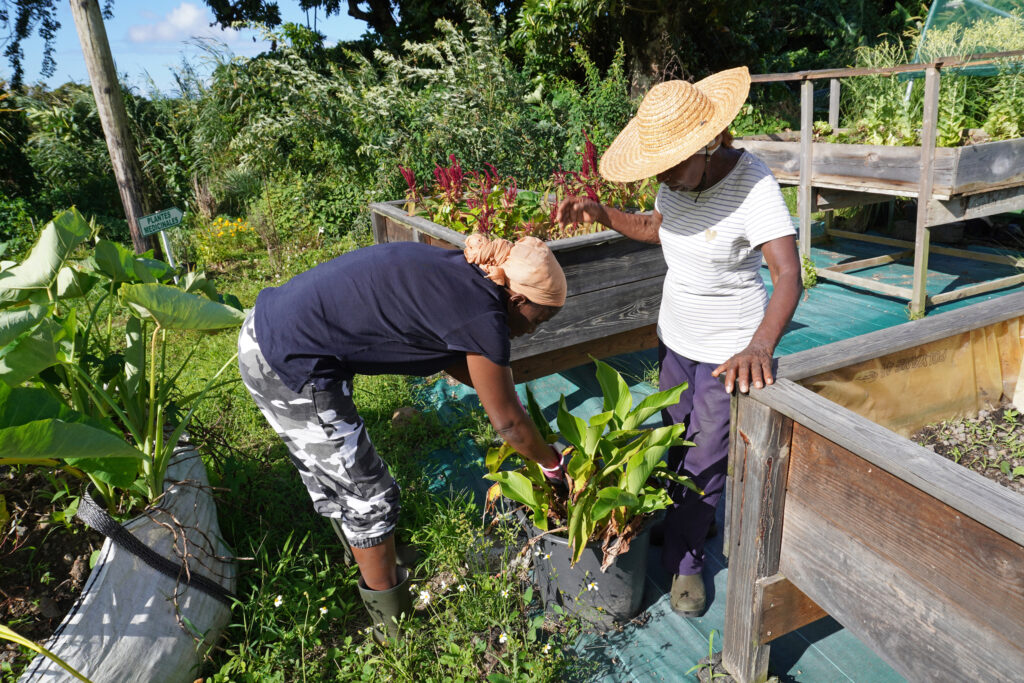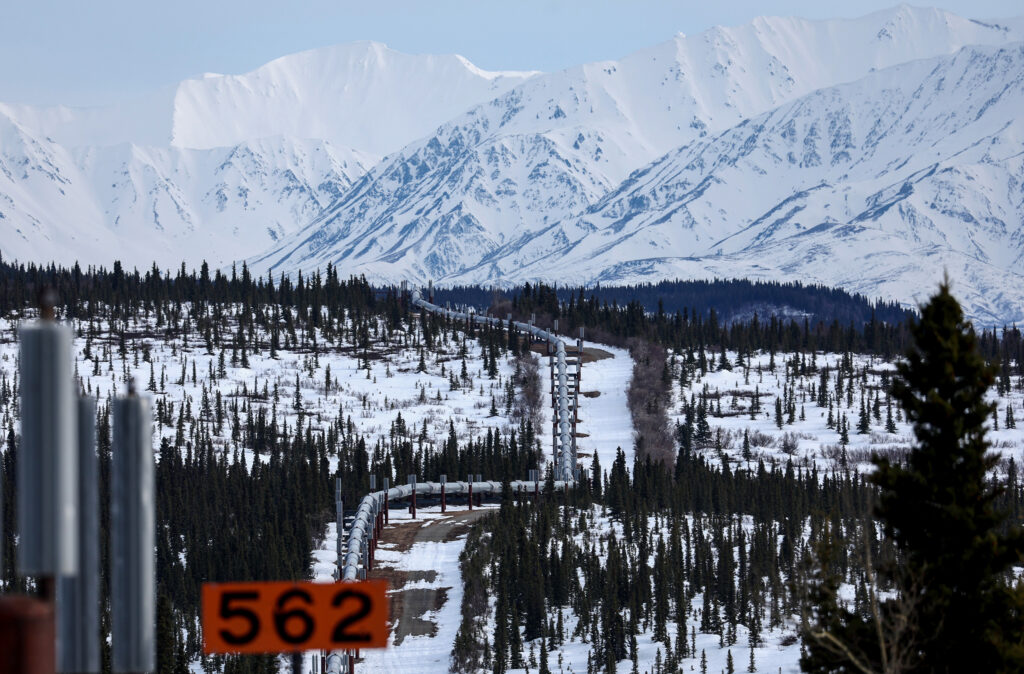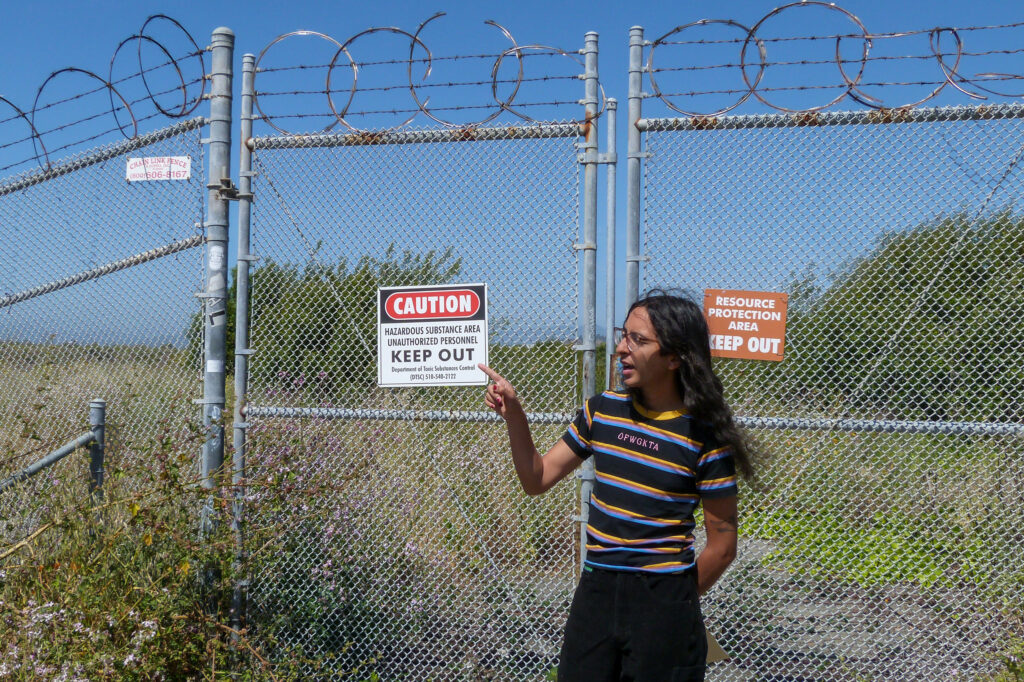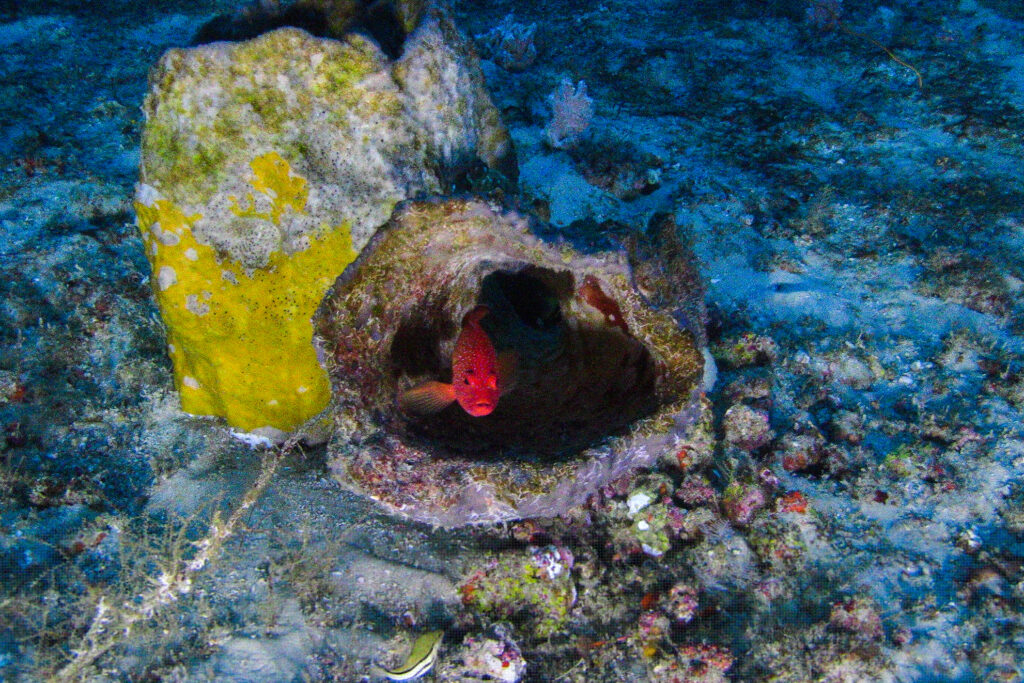Wetlands and ephemeral streams provide a wide variety of benefits to people and wildlife, from flood protection for local communities, to preventing pollutants from entering the water supply, to breeding grounds for endangered bird species. Wetlands can also act as carbon sinks, sequestering carbon dioxide from the atmosphere.
Since the 18th century, the United States has lost half of its wetlands. In 1972, Congress passed the Clean Water Act to address water pollution, regulating, among other things, the discharge of pollutants into water bodies across the country.
Federal regulation established jurisdiction over all kinds of water bodies that “significantly affect the chemical, physical, or biological integrity of traditional navigable waters, the territorial seas, or interstate waters.”
Many seasonal streams, as well as loosely connected wetlands, were thus protected by the federal government in the interest of downstream water quality. Any discharges of pollutants into these water bodies, or the dredging and filling of wetlands or streams, would require a permit from government agencies.
We’re hiring!
Please take a look at the new openings in our newsroom.
See jobs
But all that changed with a May 2023 ruling by the Supreme Court called Sackett v. The Environmental Protection Agency, which rewrote the legal definition of wetlands and suddenly left many of these bodies of water unprotected, according to a new study from the Natural Resources Defense Council (NRDC).
“Mapping Destruction,” published this week, shows the potential wide-scale impacts of the ruling. In every scenario the authors model, tens of millions of acres of wetlands are left without federal protections from destruction or pollution.
“Unless those communities, or the states in which those communities are located, act to protect these resources on their own, they’ll see a death by a million cuts of projects that pollute or destroy wetlands more and more every year,” said Jon Devine, the director of freshwater ecosystems at NRDC and an author of the study.
The language of the Sackett ruling has led to multiple interpretive disputes about what criteria a water body must meet in order to be protected by the Clean Water Act. For example, the ruling said wetlands can be protected only when they have a “continuous surface connection” with, and are therefore “indistinguishable” from, federally designated water bodies.
In the Biden Administration’s view, the surface connection was the only thing that was needed for jurisdiction to apply, but landowners and industry advocates have disagreed with that interpretation.
In 2024, a North Carolina coastal landowner sued the Environmental Protection Agency and the Army Corps of Engineers for limiting the use of his property through the Clean Water Act. His lawyers argued that “federal jurisdiction over wetlands requires both a continuous surface connection and indistinguishability from jurisdictional waters.”
EPA Administrator Lee Zeldin announced that his agency will work with President Trump to review the definition of “waters of the United States,” which could potentially change which water bodies are under federal jurisdiction.
Using mapping tools, the NRDC study’s authors created scenarios in which looser, as well as more restrictive, interpretations were applied to the Sackett ruling. The model that allowed for the least damage to federal protections of wetlands still showed that 60 percent of them would go unprotected. The states that would suffer the most under this model, with over a million acres of wetlands at risk of being unprotected, were Michigan, Minnesota and Wisconsin.
Dr. Stacy Woods, the research director for the food and environment program at the Union of Concerned Scientists, refers to these states, as well as Nebraska, Iowa and North and South Dakota, as the Upper Midwest.
In a recent report, she calculates that the region’s 30 million acres of wetlands help prevent almost $23 billion a year in flooding damage to residential homes. In the wake of devastating floods in the summer of 2024, Woods fears the destruction of wetlands could have dire consequences for the region.
“Wetlands prevent flooding—the trees and the plants trap and slow rushing waters and the wetland soil itself can just soak up vast amounts of water,” said Woods. “Areas in the Midwest have really experienced traumatic and awful flooding, and with climate change and the destruction of wetlands, this is anticipated to get worse.”
Over 60 percent of the land in this region is dedicated to agriculture. Runoff from fertilizers and pesticides can damage wetlands and contaminate local waterways.
According to an analysis by EarthJustice, an environmental law organization, Iowa, Nebraska and the Dakotas lack stringent state-level regulations against polluting discharges into water bodies, making them more vulnerable to rollbacks from the Sackett ruling.
This story is funded by readers like you.
Our nonprofit newsroom provides award-winning climate coverage free of charge and advertising. We rely on donations from readers like you to keep going. Please donate now to support our work.
Donate Now
Further South in New Mexico, state officials have taken up this challenge. The state’s Senate Bill 21, which passed the New Mexico legislature last week and is awaiting the governor’s signature, would regulate discharges into water bodies, as well as the the dredging and filling of surface waters for wetlands and intermittent and ephemeral streams, that were protected under the Clean Water Act prior to the Sackett ruling.
“This bill is really just monumental in what it does in terms of making sure that New Mexico’s waters are protected now for the future,” said Tannis Fox, a senior attorney with the Western Environmental Law Center, which added to the bill as it passed through the legislature.
According to the NRDC’s analysis, New Mexico will lose federal protections for 48 percent of its individual wetlands, or 23 percent of wetland acreage, in its most optimistic model. In a scenario with more extreme rollbacks, the state would lose protections for 99 percent of its wetland acreage.
“Different parts of the country will be differently impacted by these determinations but, as I think our report shows, virtually everywhere is taking a pretty heavy hit,” Devine said.
About This Story
Perhaps you noticed: This story, like all the news we publish, is free to read. That’s because Inside Climate News is a 501c3 nonprofit organization. We do not charge a subscription fee, lock our news behind a paywall, or clutter our website with ads. We make our news on climate and the environment freely available to you and anyone who wants it.
That’s not all. We also share our news for free with scores of other media organizations around the country. Many of them can’t afford to do environmental journalism of their own. We’ve built bureaus from coast to coast to report local stories, collaborate with local newsrooms and co-publish articles so that this vital work is shared as widely as possible.
Two of us launched ICN in 2007. Six years later we earned a Pulitzer Prize for National Reporting, and now we run the oldest and largest dedicated climate newsroom in the nation. We tell the story in all its complexity. We hold polluters accountable. We expose environmental injustice. We debunk misinformation. We scrutinize solutions and inspire action.
Donations from readers like you fund every aspect of what we do. If you don’t already, will you support our ongoing work, our reporting on the biggest crisis facing our planet, and help us reach even more readers in more places?
Please take a moment to make a tax-deductible donation. Every one of them makes a difference.
Thank you,





